Review for Red Dwarf: Complete Series 2 (2 Discs)
Introduction
A couple of weeks after I watched season 1 of Red Dwarf, Dave showed it again on their channel. They showed it all in one go... and then repeated it straight after. That’s six hours of Red Dwarf Series 1 in one sitting. I don’t care how much you love a show, marathoning it like that is no way to appreciate it. Shows like this are episodic for a reason, and it’s best to take them in small doses, so the comedy doesn’t become stale, and the characters don’t begin to grate. I once watched 13 episodes of Star Trek: The Next Generation straight, back when it was my favourite show in the universe, and I was busy procrastinating for my exams. At the end of those eight or so hours, my eye-balls were melting, and I couldn’t for the life of me remember anything of what I had just watched, which in retrospect prepared me better for those exams than any revision ever could. Anyway, I’m watching Red Dwarf Season 2 in a far more civilised manner, just one episode a night, followed straight on by the commentaries, and the extras disc.
There was the mining ship Red Dwarf, happily going about its business, when along came Arnold Rimmer. One radiation leak and three million years later, and Dave Lister is the sole surviving human in the universe. He isn’t alone though, as he has his dead bunkmate Arnold Rimmer, resurrected as a hologram, the ship’s senile computer Holly, and a creature evolved from the ship’s cat as his companions. Together they are making their way back to Earth.
Six episodes of Red Dwarf Series 2 are presented on 1 disc, and there’s a whole second disc packed with extras.
1. Kryten
3 million years into the future and Lister’s the last human? Maybe not, as they receive a distress call from a crashed ship, and it looks like there are survivors that the ship’s android Kryten has been caring for diligently. They need medical assistance, but they are female, three females, three female women, three female women of the opposite gender. Not that the male crew of the Red Dwarf, last human, deceased, and feline have such base thoughts in mind...
2. Better Than Life
Now that the ship has slowed down and reversed course, it means that the mail pods can finally catch up. When they get their first mail delivery in 3 million years (typical post office), they get bad news and good. Dave gets the latest videogame, but Rimmer gets a message from his mum, telling him that his father has just died. No matter, as with the Total Immersion Videogame Better Than Life, Rimmer can live out his heart’s deepest desires.
3. Thanks for the Memory
When you’ve been dead as long as Rimmer, you deserve a little celebration, and so it is that the guys put together a little Deathday Party. As usually happens, Rimmer drinks a little too much, and says a little too much, which is why Dave decides to give him a present. When they wake up, Dave and the Cat have broken their legs, and four days are missing from the ship’s log, as is the ship’s Flight Recorder.
4. Stasis Leak
Just what is a stasis leak? Don’t ask Holly, as he’s no help, and trying to get Rimmer or Lister to explain it will give you a headache. If you speak Cat though, you’ll understand the arcane concepts behind stasis leaks... Anyway, there is one on Deck 16, one that reaches back 3 million years into the past. And when Lister finds a wedding picture of himself and Kochanski, he realises that he just has to go through. For Rimmer it’s a chance to save his own life.
5. Queeg
Three million years alone in deep space, waiting in solitude for radiation to die down is bound to have an effect on even the hardiest of temperaments. But it seems that it’s only now that Holly’s solitude is taking its toll. When negligence causes damage to the ship, the back-up computer Queeg 500 takes over. Finally, an AI actually capable of getting the ship safely back to Earth is in control. But it isn’t long until the crew realise that they were better off with Holly.
6. Parallel Universe
It’s just another day for the crew of the mining ship Red Dwarf, Hilly, Deb Lister, Arlene Rimmer and the Dog, when all of a sudden another Red Dwarf from a parallel universe pops in, only this one is crewed by bits of totty, i.e. men.
Picture
Just as for the first season, Red Dwarf II gets a 4:3 regular aspect ratio, and it comes from a tape source. Hence the image quality is never going to challenge the limits of the DVD format, and what we get here is just as watchable as it was when it was first shown on TV, complete with the after-burn typical of reflections flaring on screen. I did feel that the image quality was a tad crisper for this season though. With Series 2’s effects budget not being allocated to stock footage of Red Dwarf, it means that the production values are a lot higher. The ship interiors get some much needed colour, there’s money in the kitty for some location shooting, and we get the debut of Blue Midget. The effects are a fair bit better this season, and Holly is no longer pixellated.
Sound
The sole audio track is a DD 2.0 Stereo affair which once again reflects the television of the period, with an occasional moment of hiss. The volume is a little low on this disc requiring you to adjust it, but the all-important dialogue is clear throughout, and subtitles are provided for the show if you need them. Unfortunately there are no subtitles for the extra features. I bought the cassette single for Tongue-Tied you know...
Extras
Red Dwarf Series 2’s two discs are presented in an Amaray case with the second disc held on a hinged panel. Inside the front panel you’ll find a twelve page collector’s booklet with a list of disc contents, including any Easter Eggs you might find. There is an overview of the second series, and each episode gets a page worth of making of. There are also items of note and points of trivia, and finally a chapter listing.
Disc 1 presents the episodes with an animated menu. The Easter Egg is somewhere here, and if you can find it, you’ll get to see a Flash animated Ed Bye, Grant Naylor, and Rob Grant chatting a bit about Queeg for 2½ minutes.
There are cast commentaries on all six episodes, as Craig Charles, Danny-John Jules, Chris Barrie and Norman Lovett get together to natter about the shows. While they do talk over each other a bit, and Norman is still the butt of the occasional joke, they are great fun to listen to, recorded as they are after sufficient time for critical appraisal to sink in, with some less than diplomatic anecdotes.
Disc 2 also has animated menus, and on the main page you get links to Bonus Features, Disc Credits, a weblink and The A-Z of Red Dwarf. This was a 30 minute special that was made to coincide with Red Dwarf’s 10th anniversary, and was originally shown on the BBC. In it various clips, interviews, and guest commentators run down the alphabet of Red Dwarf.
The Bonus Features link takes you to an animated page of Red Dwarf paraphernalia that you have to navigate around, hoping to find a useful link.
The Doug Naylor interview lasts 17 minutes, and in it he talks about the making of the second series, from surprise commissioning to renewal towards season 3.
Alternate Personalities is a 3 minute clip montage that showcases the various alter egos of the Red Dwarf crew. With parallel universes and time travel abounding, there’s a lot to pack in... including Dwayne Dibley.
You can watch the Tongue-Tied Uncut video, which now runs to 3½ minutes.
There are 6½ minutes of Smeg-Ups in the Outtakes section, and there are 18 minutes of deleted and extended scenes, from all episodes except episode 2 in the Deleted Scenes section.
Once again Music Cues offers you uncut and unadulterated Howard Goodall to enjoy, and along with the Opening and Main Themes, you get Tongue-Tied again, the High Noon Ballad, and 28 other pieces of background music from the second series.
There are 4-minutes of model photography, with significant emphasis on Blue Midget.
Chris Barrie reads a couple of chapters of the audiobook of Infinity Welcomes Careful Drivers.
Finally there are 20 images in the Photo Gallery, and a Series 2 trailer.
The second series seems a little lighter than the first when it comes to extra features, and it really needed a making of doc, with interviews with the cast to really round it out.
Conclusion
It’s been a while since I’ve watched Red Dwarf in earnest, and I’ve been taking it slowly to better appreciate it, since my interest was reawakened with the most recent 10th series. My memories of series 7 and 8 may be faint due to lack of re-watching, but the first six series I used to watch religiously. For me, the first series was where the show found its feet, but the following five were really of the same high standard for me, with not a lot to differentiate them in terms of overall quality. But if I was to choose one series as my personal favourite, one series where the show hit its peak and got everything right. I’d say it was Series 2. Having re-watched the show on DVD after all these years, I find little to change my opinion, although I’m yet to watch the later seasons again.
What for me makes Series 2 special is that it’s the one series that sticks closest to the original premise, has the original cast, and maintains that sitcom feel. Subsequent seasons would play a lot looser with continuity, re-cast Holly, introduce Kryten, and spend more and more time away from the Dwarf. They had episodes just as funny to be sure, but they weren’t the original concept of slob and his dead room-mate annoying each other on board a ship, with only a crazy cat and senile computer for company. Of course such a concept is by its very nature limited, and had they tried to stick with it, the well would have soon run dry. But with the higher production values, and a slight loosening of the constraints on the basic set-up, as well as the introduction of some harder sci-fi concepts, Series 2 is where that original sitcom is most perfect.
The series does start off with the weakest episode of the run, Kryten. It’s not because the episode isn’t funny, as it certainly is that, and it isn’t because I feel that David Ross’ take on the Kryten character isn’t really as iconic or as memorable as Robert Llewellyn’s. I did feel that this Kryten had much more in common with C3P0 rather than being anything original. What strikes me as weak about the show is that the balance is off, and the story suffers as a result. It spends too much time setting up the punchline, with the guys getting ready to go on their rescue mission, and Rimmer asking Lister to build his confidence rather than put him down. As a result, there’s only a little time for the crew to interact with Kryten, and little time to develop the character, which always makes the ending feel weak to me.
Everything that follows is pretty much perfect though, a flawless blend of great comedy, and some really strong sci-fi concepts. Better Than Life pre-empts the Matrix, with our heroes plugging into a virtual reality that offers to be more fun than the real world. The first series set up a great antagonistic relationship between Lister and Rimmer, but that sort of thing couldn’t sustain for a long series, and this episode begins by humanising Rimmer somewhat, by giving him a bereavement to deal with, when he learns that his father died 3 million years ago. It also shows that Rimmer truly is his own worst enemy, when even his idea of paradise turns against him.
This humanisation of Rimmer continues in Thanks for the Memory, when a party to celebrate his death leads to much consumption of holographic alcohol, and the reveal of a couple of secrets. The Lister of series 1 would never have been as sympathetic, but here Lister actually has warm enough feelings for Rimmer to give him a gift. Well he is drunk at the time, but it’s the thought that counts. This leads to a ‘Missing Time’ mystery that they have to solve. In The A-Z of Red Dwarf featurette, you can see Patrick Stewart recount his litigious self-restraint at the idea of a sci-fi show with an android. Of course that cuts both ways, and Voyager would later run with the idea of holographic crewmen. More specifically, three years after Thanks for the Memory, The Next Generation would do the Clues episode, itself based around ‘Missing Time’ syndrome, although without the heart, and obviously without the laughs.
Next up it’s the turn of the sci-fi staple, time travel, where the crew find a limited ability to travel back into the past courtesy of a Stasis Leak. With it come the obvious plot holes, such as why not warn the Captain of the impending disaster, instead of Rimmer trying to warn his hallucinating self, and what happens to the Stasis Leak after the episode, and is it still there? Time Travel episodes always do that, and just as Basil Exposition says in Austin Powers, it’s best not to think about it and just enjoy yourself. It’s a great fun episode with a memorable ‘Wine’ whine from Lister.
If ever an episode is used as set up for just one great zinger of a punchline, then it has to be Queeg, which sees Holly ousted as the ship’s computer followed a dazzling display of incompetence, which sends Rimmer into an almighty malfunction. If there’s one thing that Norman Lovett’s Holly had down pat, it was the ability to hit dead pan comedy with stunning impact, evidenced in the season 1 scene where he delivered the ‘Lister’s overdue electricity bill’ speech. This episode sees that aspect of the computer’s personality at the centre of the show and it works a treat, made all the more better by the Sergeant Major personality of Queeg.
Finally it’s back to the sci-fi staples with Parallel Universe. Admittedly the show’s take on the gender wars is the one thing that’s beginning to feel dated now, but the parallel universe equivalents of the crew are very well done, especially Arlene Rimmer, while Hattie Hayridge impressed enough to return as Holly in the next season. But it’s all worth it for the final scene, one that provides a bit of continuity to the season 1 episode, Future Echoes. Hereafter, continuity really took a back seat to comedy hi-jinks, and if there is one thing I miss about the first two series, it’s that sense of an ongoing storyline, one which at least remains prominent in the Red Dwarf novels.
I love this second series. The Rimmer Lister mutual antagonism develops into something more bearable and lasting for a long running series. Holly is just great as a source of comic exposition, and the Cat is unrivalled in his ability to judge a scene, and hit it with a single line that will bring the house down. The characters are great at this point, and the stories are sharply written and brilliantly performed. There isn’t an ounce of dead weight here, and even after all this time, the show still makes me laugh as much as ever.
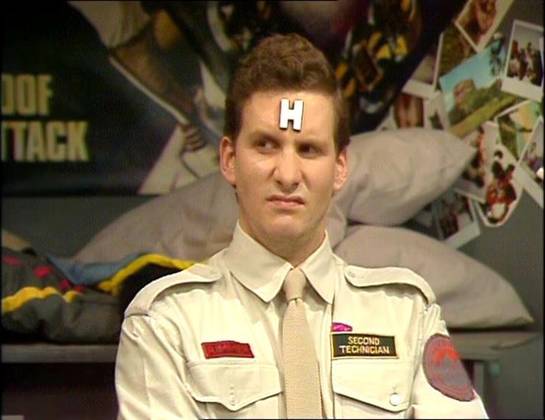
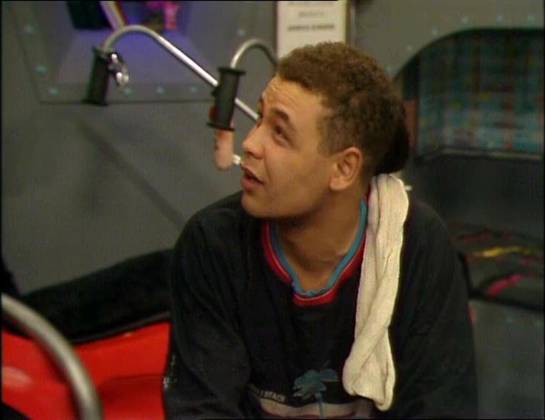
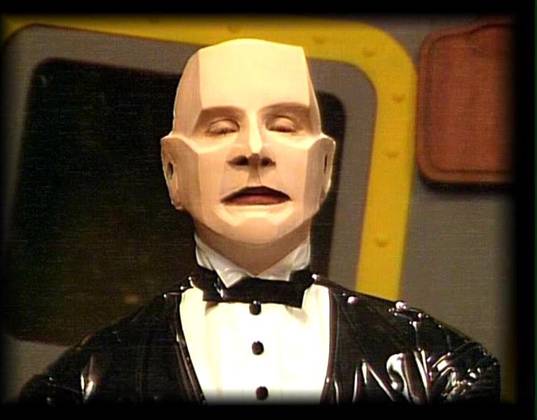
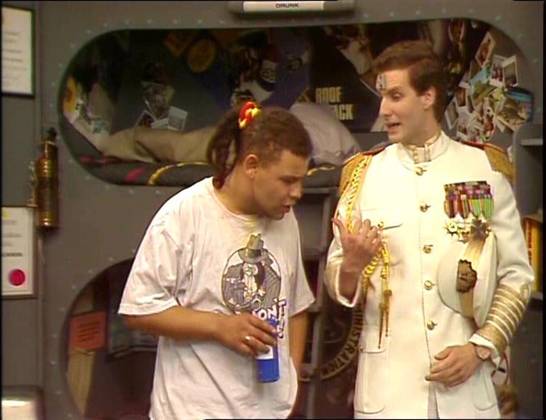
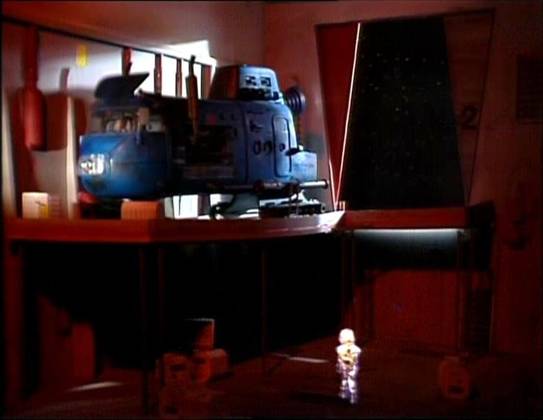
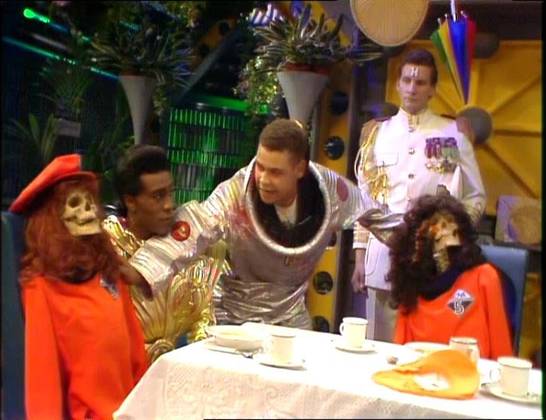
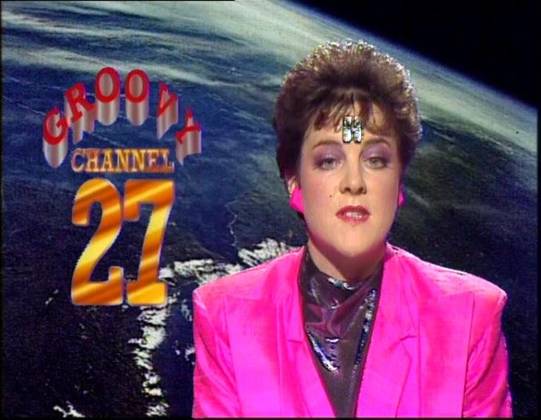
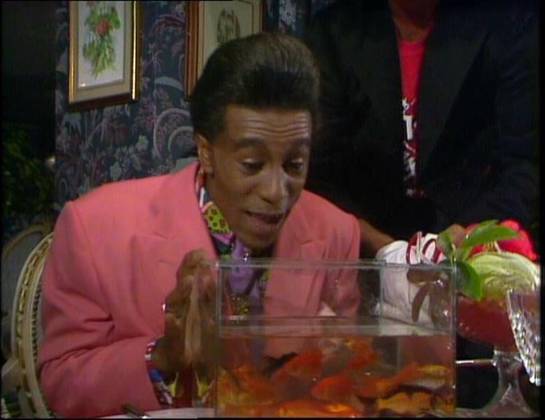
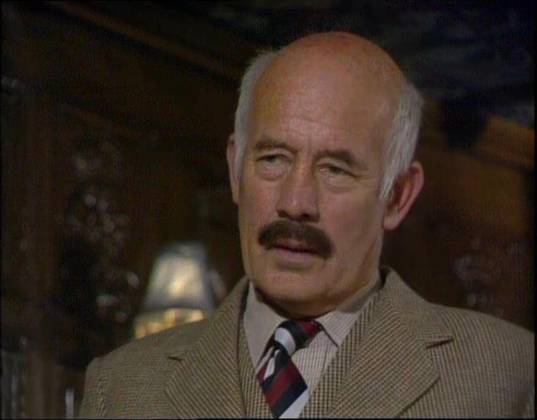
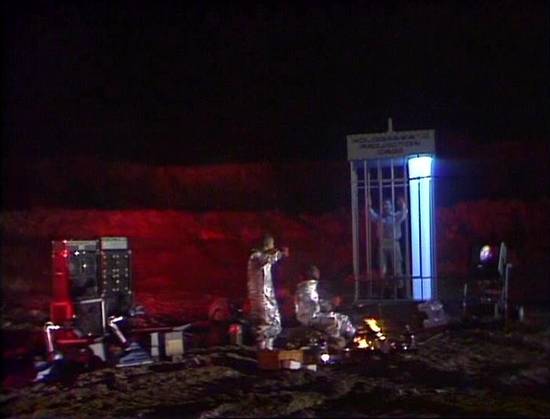
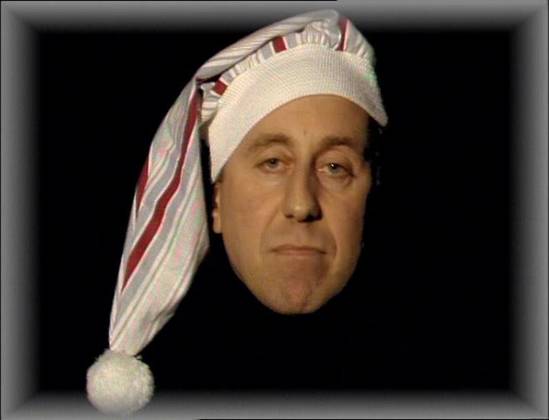

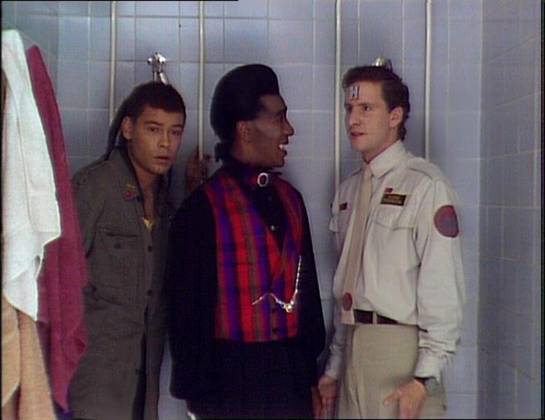
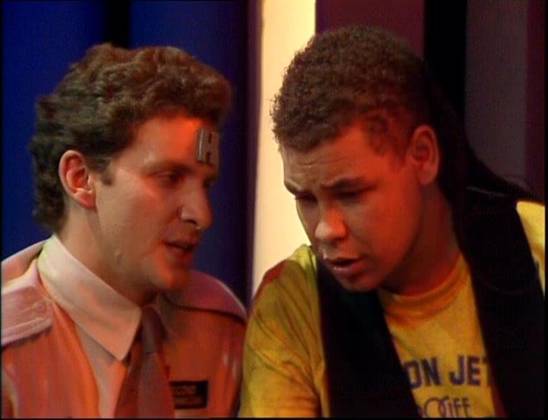
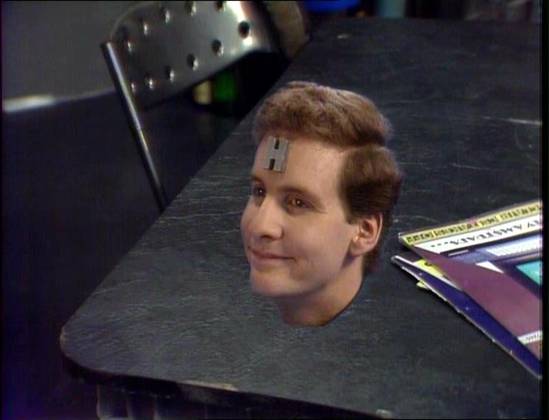
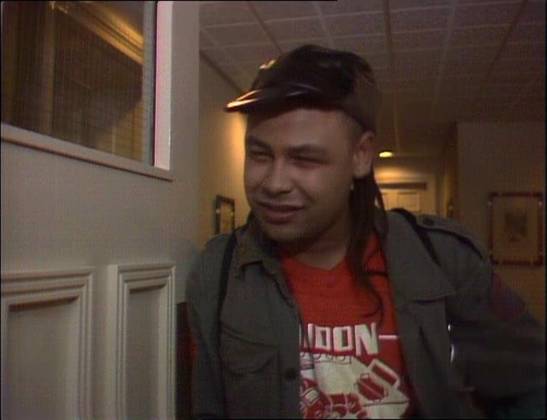
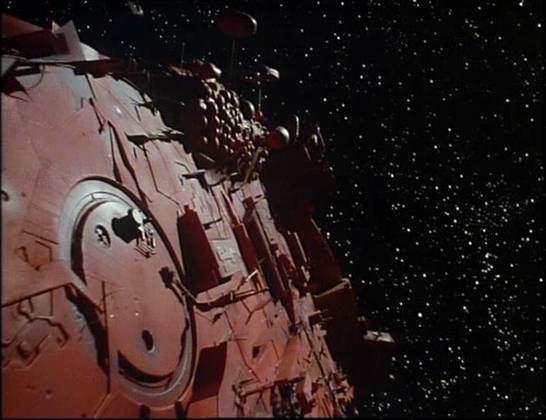
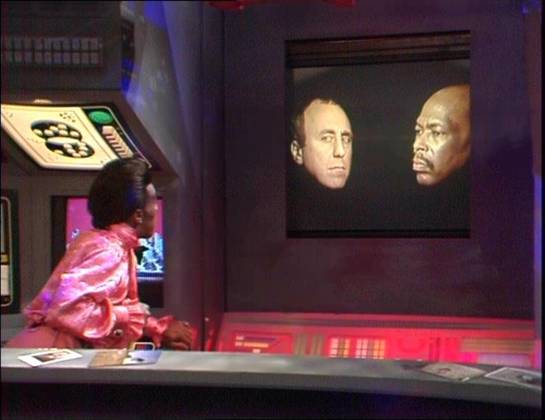
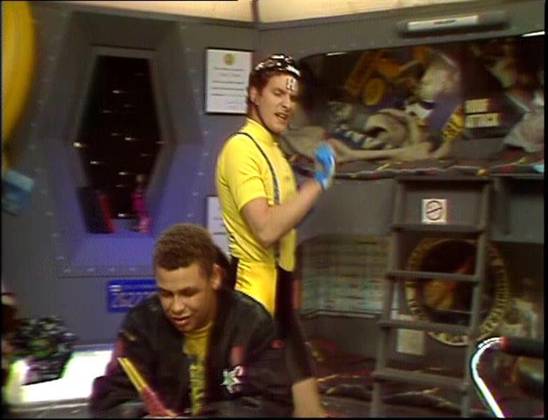
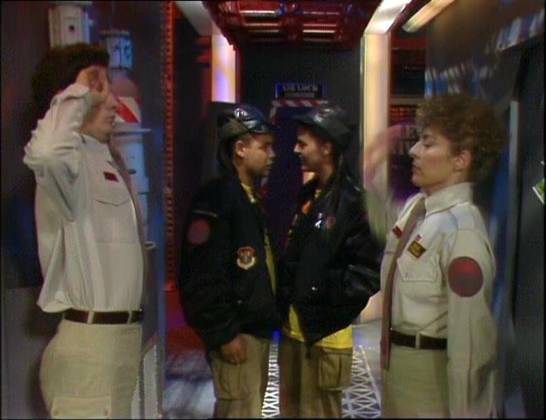
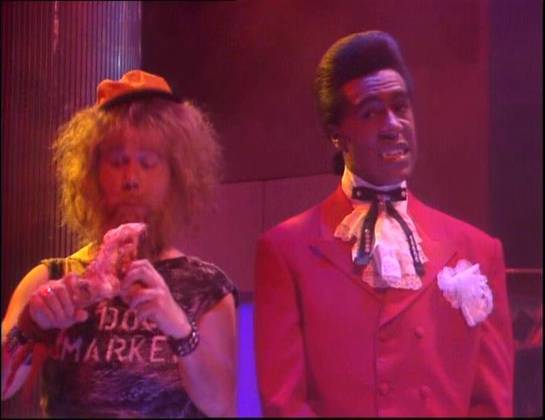
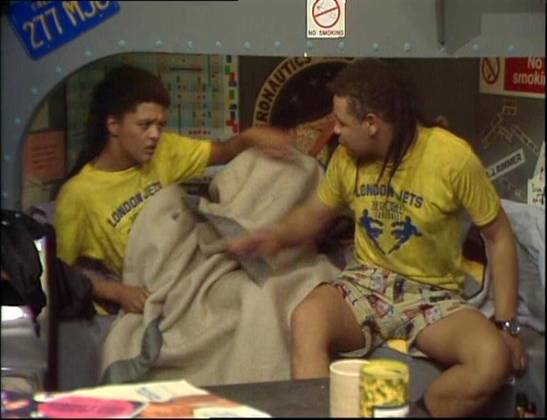
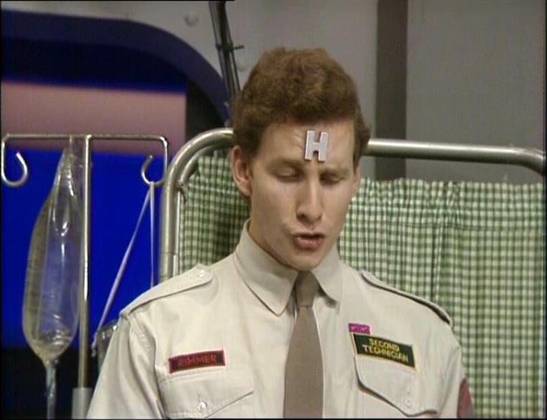
Your Opinions and Comments
Be the first to post a comment!